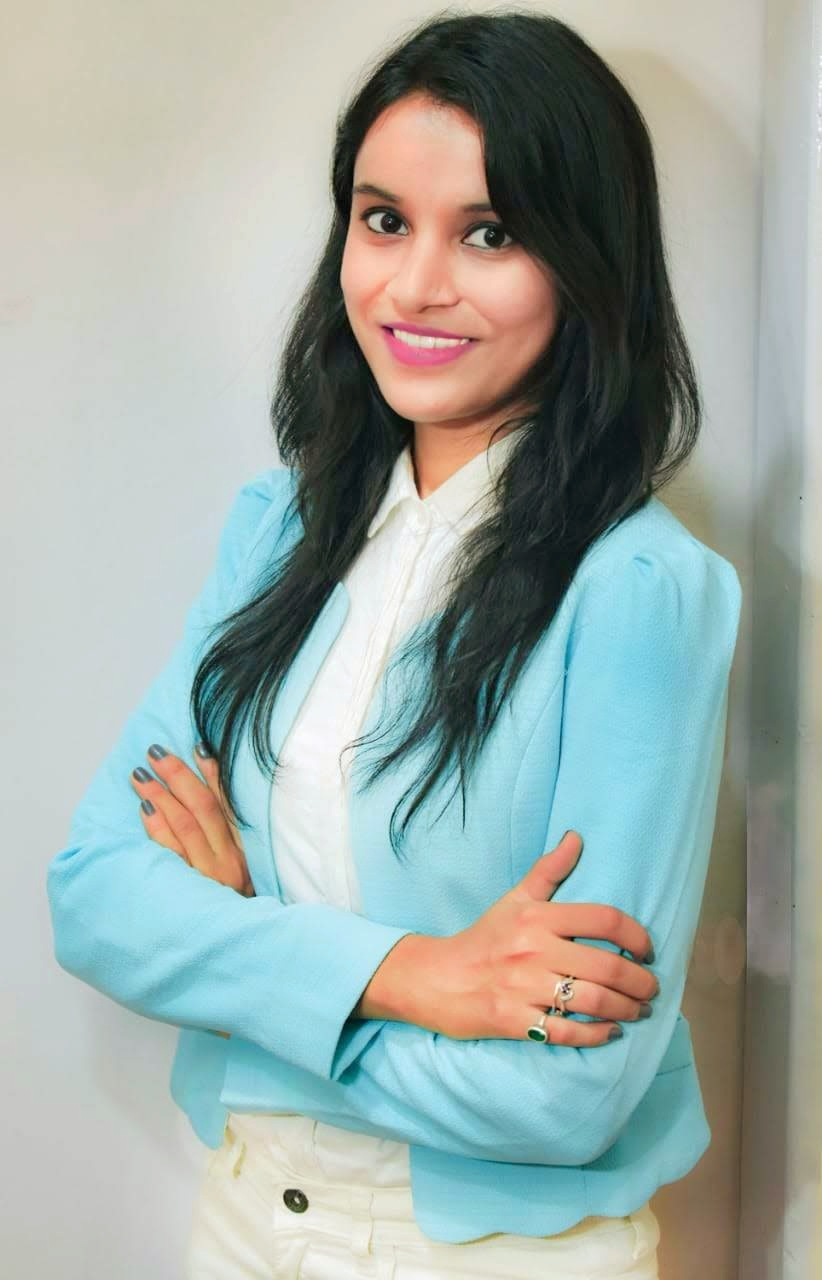In an exclusive chat with G20, Sonal Oswal, a renowned graphologist and counsellor, talks about her endeavours and the relevance of handwriting analysis. Excerpts:
Q. What makes Graphology relevant amid contemporary times?
A. Addiction and depression is increasing a lot. Especially during pandemic people had to use their digital platforms to learn and work, which added to it.
Graphology studies your letter formations, signatures, drawings, and the usage of the page to understand your behaviour and mental health. It helps you to check for these signs in your handwriting at an initial stage. This makes it easier to help an individual with a problem. Example: When someone’s handwriting is going downwards – it means the person can get into depression. If your handwriting pressure it too high: it means you worry a lot. So, like this many
Q. How has the combination of your master’s degree in Clinical & Buddhist Pyschology benefited your practice?
A. It’s helped me to blend the western and the Indian theories at the psychological level. In counselling we learn about various types of therapies. But when dealing with live clients we fail to realise that it cannot be just one-directional or one therapy approach. We cannot put humans in a box. Buddhist Psychology gives you a wider perspective to problems. Cause-Condition-Effect. There can be multiple causes leading to a similar effect and when we understand that, we directly work on the causes. ‘Problem-Solution’: it mostly does not work that way. It’s – ‘Causes-Solution’ that helps your client.
Q. How do you tailor, make, and curate each treatment for the varied addictives and life issues that people face?
A. So, I take individual counselling and I’m associated with a de-addition and mental health wellness centre.
So, whenever a client comes in: I first take their handwriting to get a profile of their behaviour and then the case history is taken. The main things checked for therapy: Problem, Duration and Acceptance.
So, depending on the case I take their counselling and use handwriting therapy, guided talks, psychotherapy, and meditations.
If the cases require further intervention of trauma, relationship breakups, or personality disorders they come into our mental wellness centre for 7-15 days where testing, medication, grapho therapy, art-based therapy, counselling is all done as per the client profile.
With addiction, it is at least a 3-month in-house facility’ where the duration, the substance, age, and other factors are taken into consideration before admitting them.
So, it’s a teamwork where we make sure to take a holistic approach.
Q. Which highlight & share the predominant issues at hand in the current 2020/2021 COVID.
A. Currently:
1. Restlessness in children as they want immediate gratification and digital addiction.
2. Wanting more of “me” time than “we” time in a relationship has made it difficult for relationships to sustain. During Covid a lot of people became agitated as they had to spend time with their family and no “ME” time and space.
3. Fear and anxiety about career and financial growth.

